

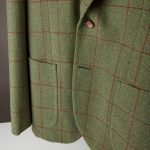
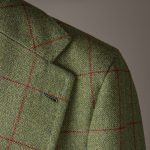
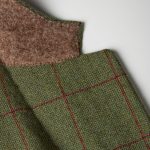

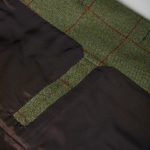
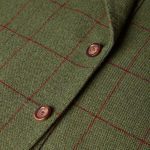

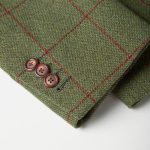
€2,750.00
| Collection | |
|---|---|
| Construction | |
| Color | Brown/Navy |
| Material | |
| Pattern | |
| Size | 44, 46, 48, 50, 52, 54, 56 |
| Sku |
HL/HM.64-1-1 |
|---|---|
| Ean |
8785268519533 |
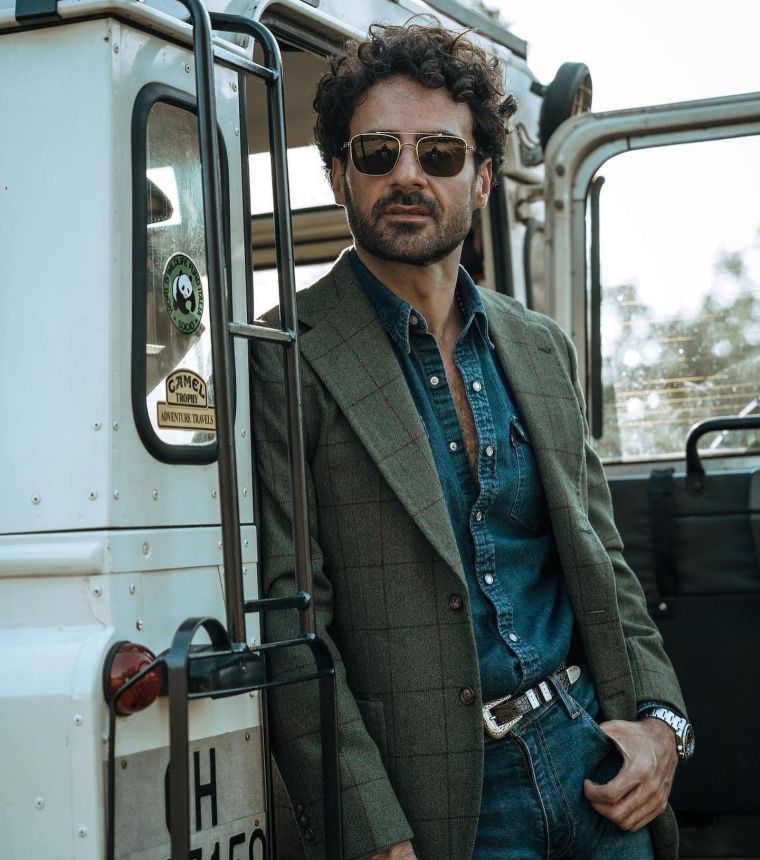
To start us off, let’s look at the jacket itself. As tweed is more of an informal fabric, you probably won’t wear it in a business context very often. It’s a relatively thick and sturdy material, great for colder weather. You’ll find it available in a variety of colours and patterns. You might automatically think of a tweed jacket to come in a traditional green colour, however, brown and grey tweed jackets are just as traditional and provides a more versatile pallet to work with.
For an excellent smart casual style, try combining a khaki, brown or grey coloured tweed jacket with a crisp button-down shirt. Add a pair of denim jeans to stop the outfit from becoming too formal, and finish it off with some leather boots. To dress up, some Chelsea boots will complement the look; to dress down, opt for some Dr Martens.
According to legend, the name “tweed” is the result of a copying error, where a London cloth merchant misspelled the Scottish word tweel as tweed, confused by the river Tweed. More likely, the word is derived from the word tweeled (meaning twilled).
The term tweed commonly refers to a variety of wool fabrics woven in a rough, multicoloured twill structure. The rugged cloth’s great wind and water resistant qualities still makes it the standard wear in the British Isles for shooting, fly-fishing and other country sport activities.
During the early nineteenth century many estates in Scotland were sold in by money-strapped Highland chiefs and landholders to English nobles attracted by the country north of the Border. In 1848 Prince Albert purchased the estate of Balmoral from the Farguharsons of Inverey. Now every gentleman of the leisure class needed an estate of his own, and if he could not afford to buy one, he rented one.

Signup to be the first to hear about exclusive deals, special offers and upcoming collections